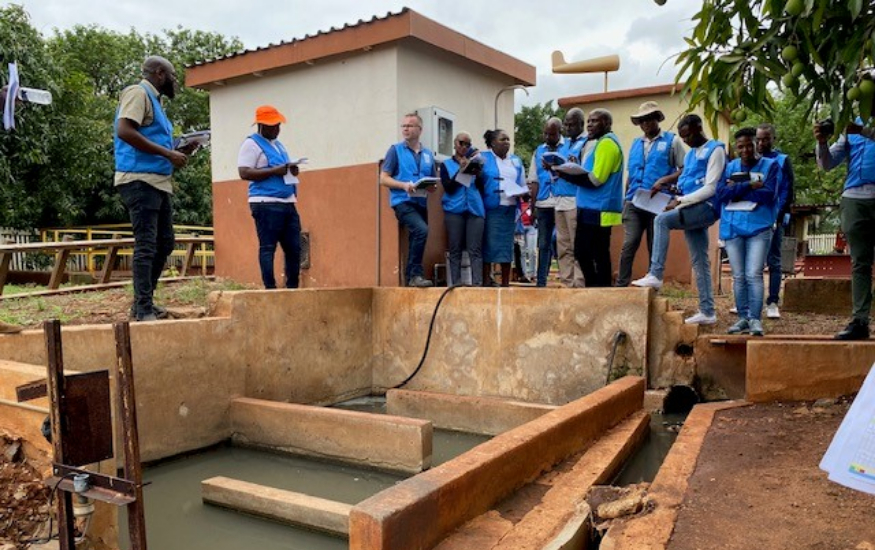As part of the KIWI programme (learning programme for the Blue Deal), Tom Overgaauw has been exploring 'Windows of Opportunity' for climate adaptation in the Western Cape of South Africa. These are opportunities that currently present themselves to tackle the negative impacts of climate change. He wrote a blog about his findings.

Over the past year, I have been working on creating a ‘Climate Scan’ for the area. This concise scan aims to map the effects of climate change and identify the major risks. It serves as the basis for the search for the Windows of Opportunity.
The problem: working in silos
The Climate Scan has now been completed, and interesting conclusions have been drawn. We shared the results with various organisations. Notable findings from the climate scan include the large amount of available information and plans. High ambitions have been formulated, and many organisations have developed plans. However, very little seems to actually get off the ground. The biggest problem we identified, is working in so-called silos. Governments and companies are insufficiently aware of each other’s plans, and successful collaborations rarely happen. Nevertheless, everyone recognises that collaboration is ‘key’ to solving climate problems.
This problem is quite familiar to us in the Netherlands as well, as we often say we need to collaborate better. This conclusion forms the first ‘Window of Opportunity’. So both the Dutch and the South Africans can both contribute and learn a lot. South Africa, also known as the Rainbow Nation, is a country with a great mix of ethnicities and cultural differences, making successful collaborations extra challenging. Success stories can serve as a inspiration for the Netherlands.

Drought and rainfall
Another conclusion concerns water availability. Often when we think of South Africa’s weather, we think of drought. This is indeed a problem, but despite this image, there is quite a lot of rainfall in this part of Africa. In some areas, almost twice as much as in the Netherlands annually. The biggest problem does not seem to be the availability of water, but rather the distribution. Especially with the growing population and the increasing water demand, smart ways need to be devised to always have sufficient water available. This is something we also struggle with in the Netherlands. How do we ensure sufficient water in dry times while also having enough space for water in wet times?
Decision support system for fair water distribution
With these 2 opportunities in mind, we increasingly delved into methods to achieve smart and collaborative water management solutions, ways to collaborate across borders. The key, we believe, could lie in a decision support system that, based on data, helps to achieve fairer water distribution among different parties throughout the seasons. Through a feasibility study, we investigated whether this concept is promising to pursue further. Various parties responded enthusiastically. We also immediately investigated what the needs are within this system and which are most urgent, for example, prediction of droughts or early warnings for floods or wildfires. We are now trying to turn this into a project.
